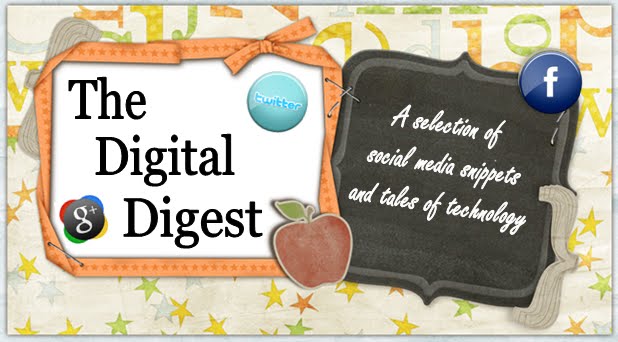In the 90's, we had chat rooms. You might have assigned a time, a date, and users would congregate, virtually, to discuss a topic of their choosing. To this end, we still have forums and message boards, the best example demonstrated on Martin Lewis' Money Saving Expert website.
Now, through Twitter chats, Twitter has taken this desire for finding like-minded people who share a passion or similar interest, and consolidated it onto one platform. And so we have the simplest of concepts, which allows Joe Public to converse with industry experts and opinion leaders, to exchange engaging content, whilst at the same time increasing their professional network and establishing brand expertise.
One of the earliest examples that I can remember of a Twitter chat is the Beauty Bloggers chat, run every Sunday evening at 8pm GMT under the hashtag #bbloggers. The chat was set up by established beauty blogger Fee, who blogs at www.makeupsavvy.co.uk, and brings together other bloggers from both the fashion and beauty worlds to discuss topics they find interesting; often, the topics are subject-specific, such as favourite mascaras or Autumn trends, but occasionally the chats focus on the blogosphere and allows users to exchange tips on making their blog successful or best practice in dealing with PR's who often approach bloggers to review their products.
Each Twitter chat has its own personality and core group of participants, and as you might expect, there are a range of chats that happen daily that would be useful for any practitioner to take heed of. #CommsChat is the home of Europe's most popular communications conversation which takes place twice weekly, and looks at all aspects of communications including PR, marketing, digital and reputation management. The website publishes a brief prior to the chat, outlining the main discussion points, and transcripts of previous broadcasts are available should you need to catch up on any missed content.
For aspiring practitioners, playing voyeur and observing a Twitter chat is a great way of building knowledge on a brand or simply understanding who the big movers and shakers are; but by participating, practitioners are able to create equity and credibility for themselves within their industry, building on their own personal brand (which we all know is vital in the current media landscape). It's useful for making contacts, and whilst the virtual nature of the chat means you can't have post-discussion coffee and biscuits, there's no reason why you can't go on to have a thoughtful, informal discussion with a key journalist now they know who you are (and you've got some credibility).
Twitter chats are just beginning, and soon we will see businesses leveraging the benefits for sales and ROI.

